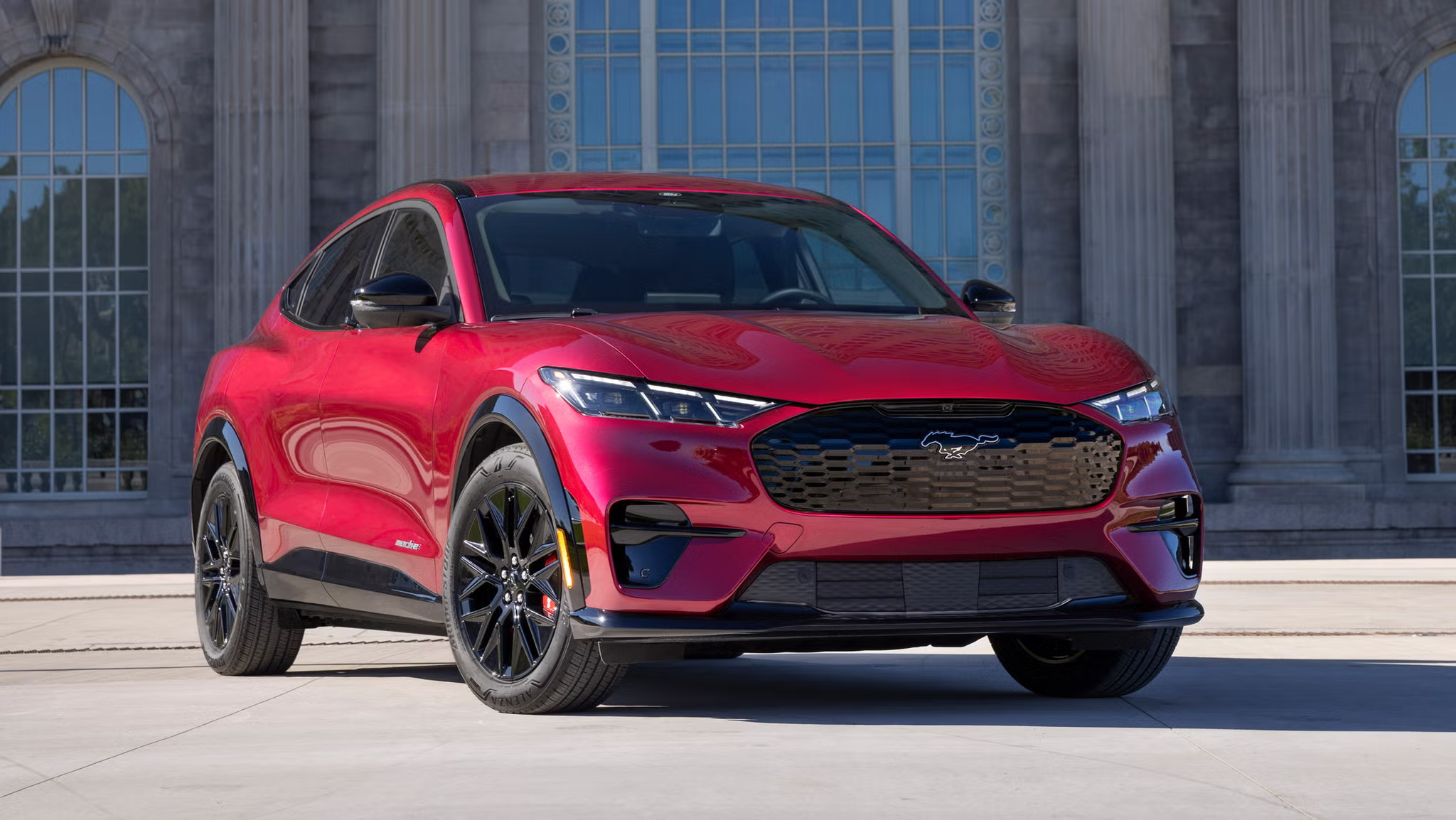Ford’s BlueCruise System in the Spotlight After Deadly Mustang Mach-E Crashes

The National Highway Traffic Safety Administration (NHTSA) is taking a closer look at Ford’s BlueCruise technology following a series of fatal accidents with the Mustang Mach-E.
This system, which allows hands-free driving on certain highways, is now under an engineering analysis after initial investigations that started last year.
This phase is crucial and might lead to a recall of nearly 130,000 vehicles produced from 2021 to 2024.
At the heart of this issue are two night-time incidents where the Mach-Es, equipped with BlueCruise, failed to detect stationary vehicles on freeways, resulting in fatal outcomes.
This has raised alarms about the system’s ability to ensure safety at high speeds, a feature Ford markets for easing long-distance travel.
The NHTSA’s primary concern is BlueCruise’s reliance on radar and camera sensors, which may struggle with detecting non-moving objects at speeds exceeding 62 mph.
It appears the system might be programmed to ignore such objects to cut down on false alarms, a decision that, while smoothing the driving experience under regular conditions, proves fatal when unexpected stationary obstacles arise.
Further complicating matters are the visibility issues such as nighttime or adverse weather conditions, where BlueCruise seems to falter.
Reports have surfaced of close calls in other Ford models using similar systems, where the pre-collision assist had to step in when the main technology didn’t act swiftly enough.
This isn’t just a problem for Ford. Tesla’s Full Self-Driving system is also facing scrutiny for how it handles complex driving scenarios, impacting 2.4 million vehicles.
These incidents across different manufacturers highlight the ongoing challenge of balancing technological innovation with user safety in the development of autonomous driving systems.
As Ford rolls out an updated BlueCruise in the 2025 Mach-E, which includes features like automatic lane changing, the effectiveness of these enhancements remains to be seen in addressing the safety issues pointed out by the NHTSA.
For now, drivers should remember that while these systems offer advanced features designed to aid driving, they are not foolproof and require constant driver supervision.
The ongoing investigations serve as a crucial reminder of the evolving nature of automotive technology and the constant need for vigilance on the road.
